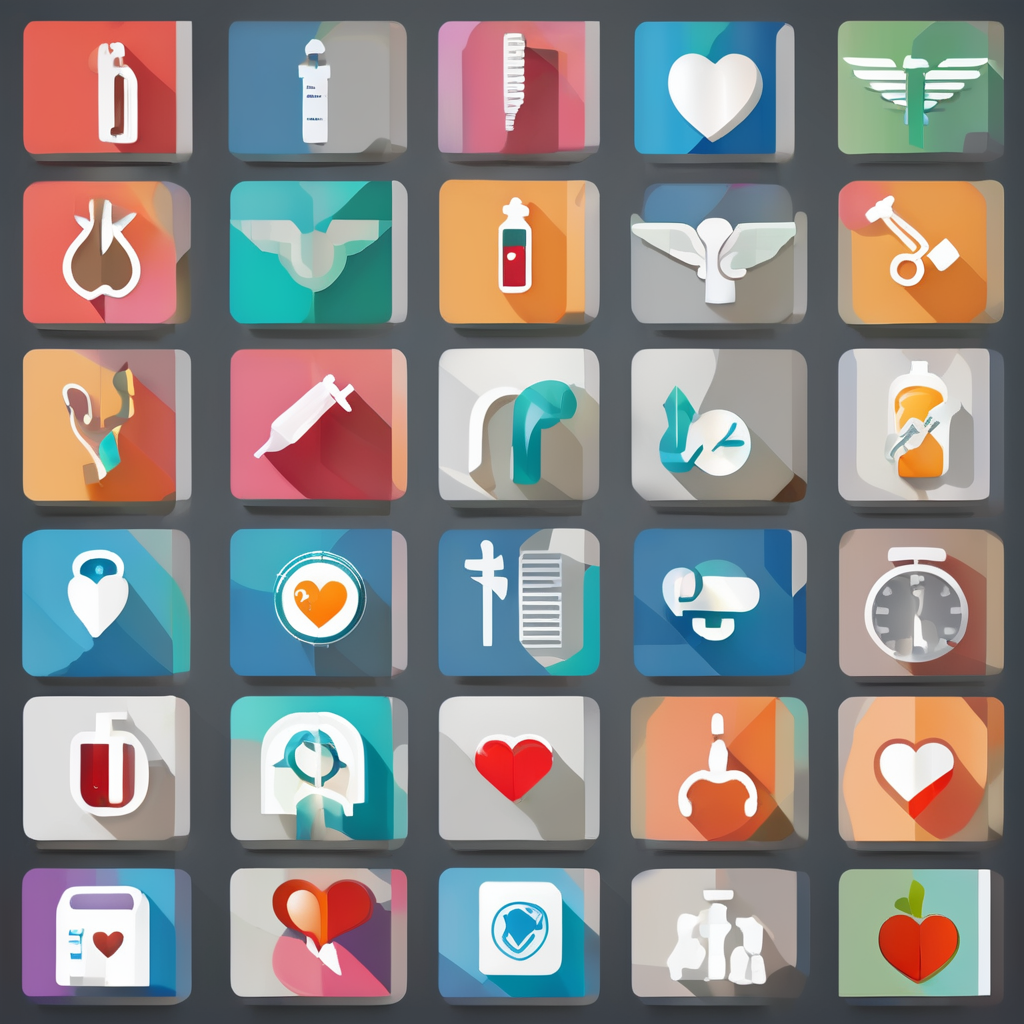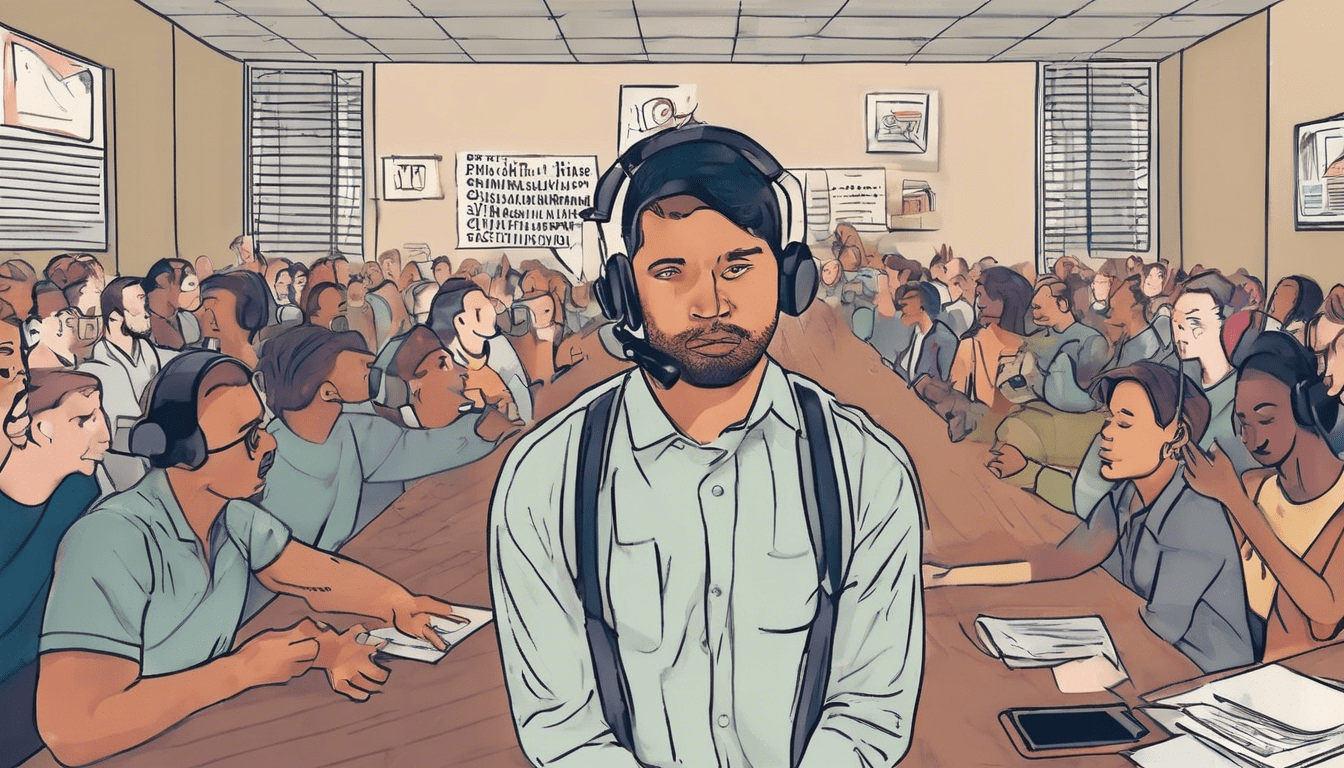Anxiety affects millions, often disrupting daily life with physical and mental symptoms. Effective management combines practical tools like breathing exercises, mindfulness, and lifestyle changes with access to professional support. Understanding triggers and adopting achievable coping strategies can ease its impact, empowering you to regain control and improve wellbeing step by step.
Essential Strategies for Effective Anxiety Management
Recognising Signs and Symptoms
Also to read : Design your personalized self-care plan: elevate mental wellness with proven strategies
Understanding anxiety begins with identifying its impact on both body and mind. Physical symptoms often include a racing or irregular heartbeat, dizziness, shaky hands, sweating, muscle tension, and fatigue. Mentally, anxiety may present as persistent worries, trouble focusing, obsessive thoughts, and a constant expectation of the worst. In daily life, typical behavioral signs involve withdrawal from social situations, avoidance of triggering activities, and restless habits. You can view more insights and actionable tools on this page: anxietychecklist.com.
Proven Methods for Controlling Anxious Feelings
Also to see : Designing a comfortable home workspace: key strategies to avoid carpal tunnel syndrome
Use evidence-based techniques to take practical steps in managing anxiety. NHS experts recommend:
- Regular physical activity such as walking or yoga, which helps to release tension and stabilize mood.
- Breathing exercises: Try slow inhalations and exhalations when symptoms rise.
- Structured routines, including timely meals and prioritizing quality sleep, to bolster emotional resilience.
- Breaking down large worries into small, actionable goals supports gradual, steady progress.
Distinguishing Anxiety from Medical Conditions
Not all symptoms are purely psychological. Chest pain, dizziness, or shortness of breath could signal other medical issues, making it vital to monitor patterns and seek medical advice when in doubt. If anxiety disrupts daily functioning or self-care efforts do not help, professional support is strongly advised. For urgent mental health crises, immediate help is necessary—just as with physical emergencies.
Practical Approaches to Relieve and Prevent Anxiety
Step-by-step Breathing and Relaxation Exercises to Ease Panic and Reduce Tension
Start by practicing breathing techniques to ease panic—inhale deeply for four counts, hold for four, and exhale for four. This type of breathing pattern adjustment helps realign the nervous system and manages panic symptoms effectively. Alongside, explore relaxation exercises for daily stress relief. Progressive muscle relaxation can minimize physical tension: slowly tense and relax muscle groups, moving from head to toe. These anxiety disorder coping strategies reduce the intensity of anxious feelings and lessen the impact of physical symptoms linked to fear.
Everyday Mindfulness and Grounding Strategies for Emotional Balance
Incorporate mindfulness practices for emotional balance by noticing sounds, sensations, or sights around you—noticing details helps slow racing thoughts. For additional support, journaling for emotional release or keeping a trigger diary supports cognitive behavioral approaches for anxious thoughts. Grounding strategies like focusing on your feet pressing the floor or the feel of a cool object can quickly redirect attention during anxiety episodes.
Quick, Actionable Calming Tips and Instant-Relief Methods to Use During Anxiety Episodes
For instant relief methods for anxiety spikes, try splashing cold water on your face or counting backward from 100 by threes. Stress reduction methods for tension relief—such as stretching or paced breathing—help regain emotional control. Using anxiety self-help tools and resources, such as printable checklists or simple guided meditations, supports continual self-management for anxiety.
Self-Help Tools, Routines, and Lifestyle Changes
Checklists, diaries, and worksheets for tracking anxiety triggers allow for precise monitoring of stressors and patterns. Using worksheets for tracking anxiety triggers, individuals can spot what precedes uncomfortable feelings, guiding them to adjust routines consciously. Anxiety self-help tools and resources such as the Anxiety Checklist and practical diaries support daily reflection and long-term progress tracking.
Building routines centered on self-care—particularly exercise routines suitable for anxious individuals—helps maintain emotional stability. Regular movement and structured sleep hygiene not only manage anxiety at night but also contribute to overall physical and mental health. Maintaining routines reduces daily uncertainty, an often-overlooked anxiety trigger.
Adopting lifestyle changes to reduce stress levels begins with diet adjustments to lower anxiety and proper hydration. Foods that lower anxiety, such as magnesium-rich greens or calming teas, combined with exercise routines suitable for anxious individuals, offer a natural form of stress reduction. Developing a relaxation routine, even a brief evening practice, can stabilize mood and foster resilience.
Integrating these anxiety self-help tools and resources with consistent nurturing habits and structured daily schedules builds resilience, supporting both immediate symptom relief and sustainable long-term well-being.
Personalised Support, Professional Resources, and Peer Networks
Accessing therapy options such as CBT, guided meditations, and digital resources
Cognitive behavioral approaches for anxious thoughts rank among the most evidence-based anxiety management techniques. These methods assist individuals in identifying, challenging, and reframing unhelpful thinking patterns. Guided meditation for calming nerves can help interrupt cycles of rumination and tension, offering practical relief. Many now use anxiety management apps and digital therapies for structured daily support, which blend exercises, visualizations, and symptom recognition tools. These accessible platforms can improve emotional balance and help control anxious feelings when professional therapy is unavailable or as a complementary strategy.
Peer support, community groups, and success stories: overcoming anxiety collectively
Community support and peer groups play a vital role in reducing isolation. Engaging in peer-led discussions about managing panic symptoms effectively, sharing calming techniques during anxiety episodes, and exchanging practical advice for anxiety management during travel, all foster resilience. Regular contact with those facing similar challenges encourages ongoing motivation, especially when daily life triggers new stresses.
Ongoing self-education: recommended books, online courses, and reputable reference materials to sustain anxiety management
Continued learning is key. Books on overcoming anxiety and fear deepen understanding of symptom recognition for anxiety attacks and strengthen mental health resilience. Structured online courses for anxiety coping skills teach relaxation exercises for daily stress relief and provide cognitive strategies for long-term improvement. Reputable resources equip readers to adapt as their needs evolve, making ongoing self-education a cornerstone of lasting recovery.











